Software Engineering Assignment: UML Diagrams and Library System
VerifiedAdded on 2023/06/03
|7
|671
|186
Project
AI Summary
This document presents a Software Engineering assignment solution focusing on UML diagrams within the context of a library management system. The assignment includes detailed descriptions and diagrams for key UML elements. Specifically, it provides a Use Case Description outlining the process of checking out books, along with a corresponding Use Case Diagram illustrating the actors (Librarian, Students, Teachers) and their interactions. Sequence, Class, and State Machine Diagrams are also included to depict the flow of activities, the classes associated with the system, and the states of a book object, respectively. The diagrams are accompanied by textual explanations, and the solution adheres to the assignment brief's requirements for diagram construction and layout. The document concludes with a bibliography of relevant sources.
1 out of 7
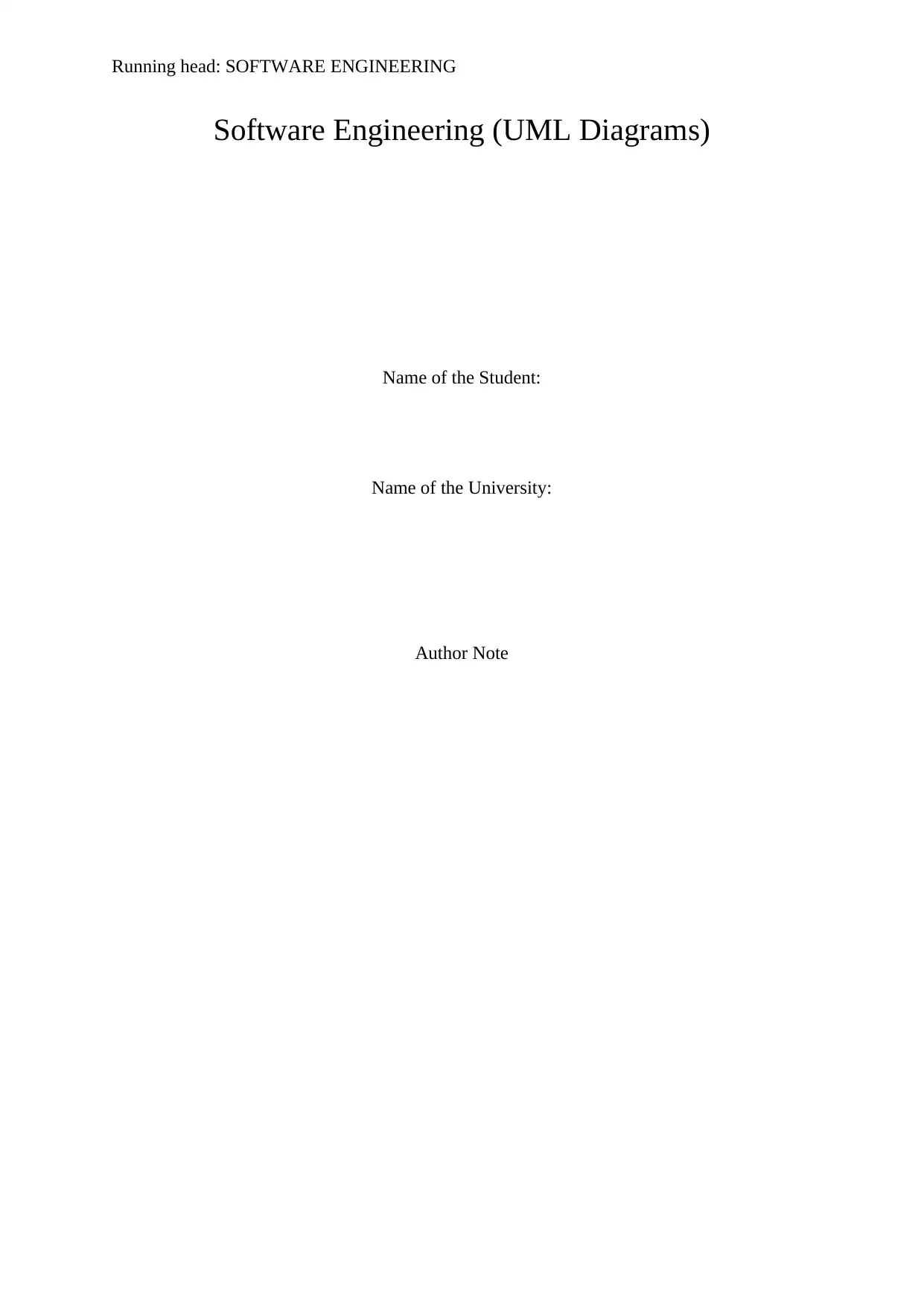
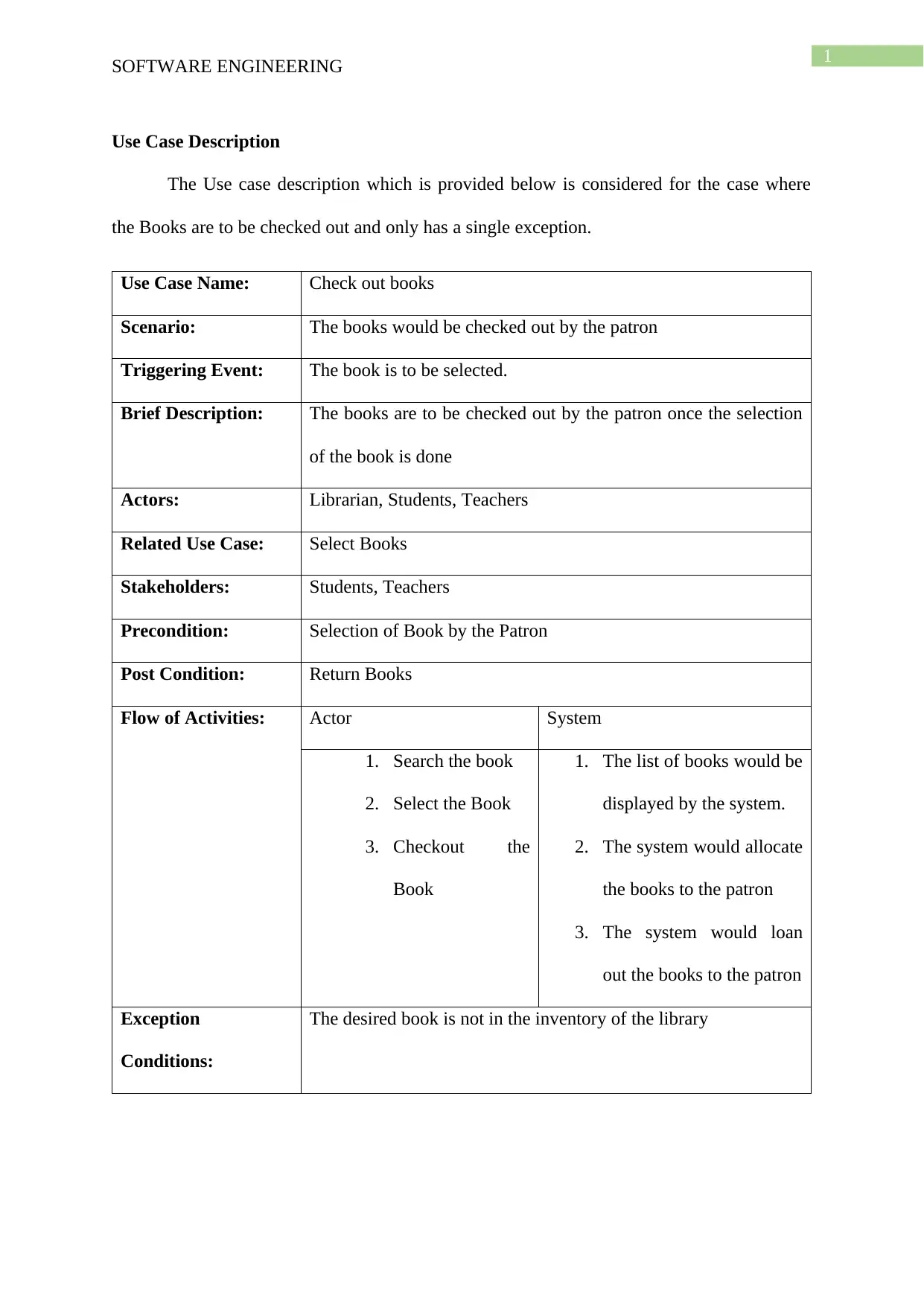
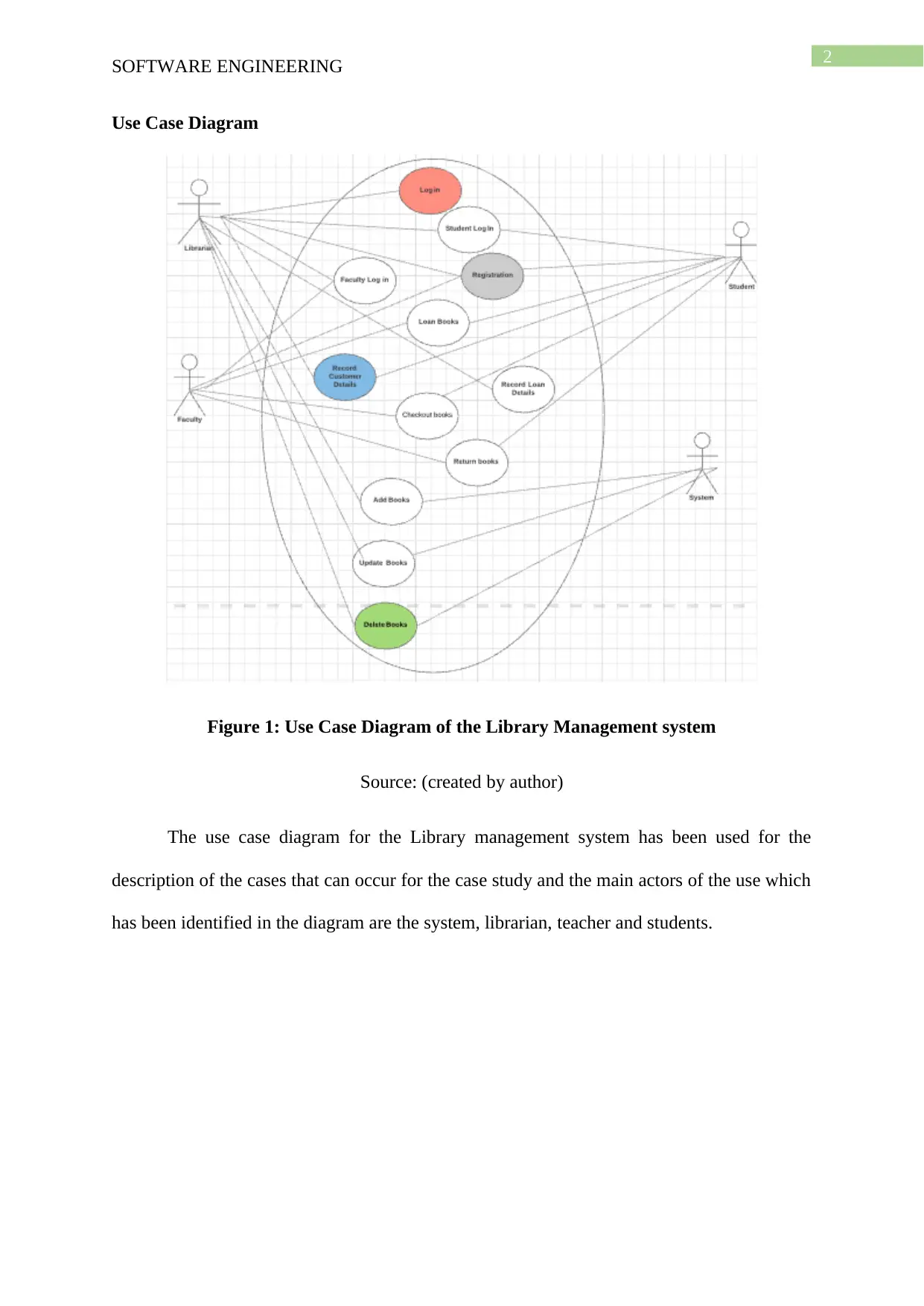

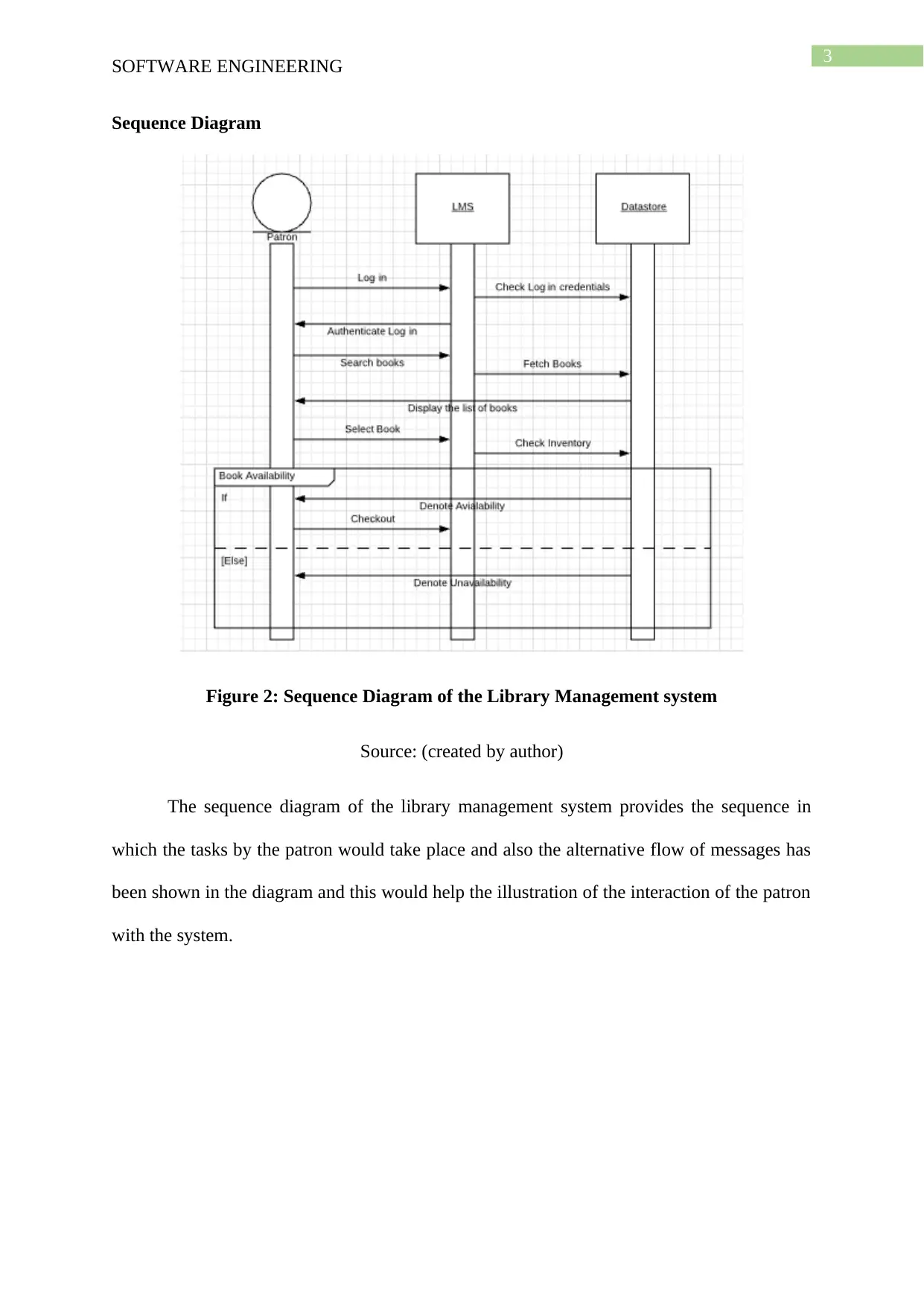
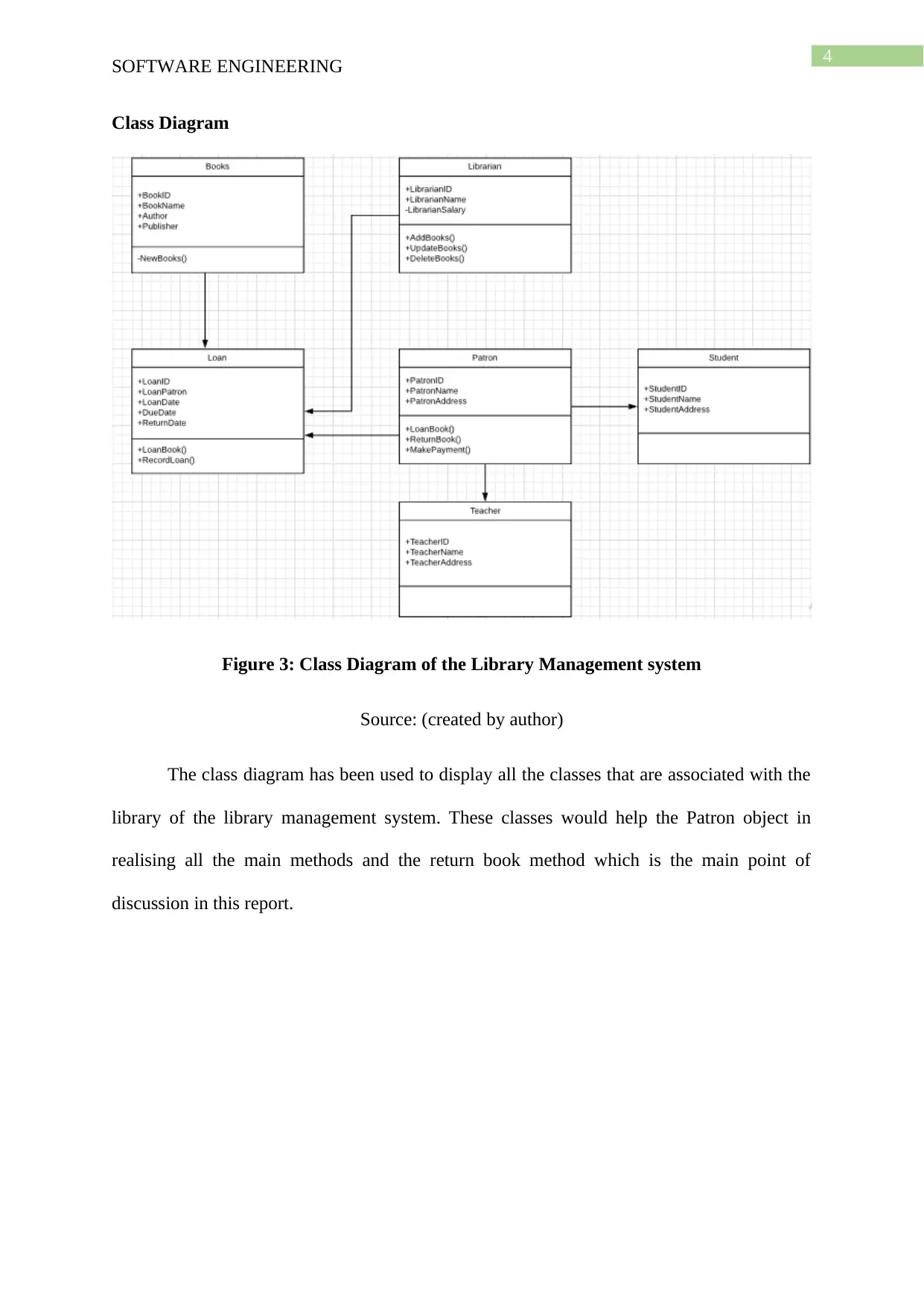

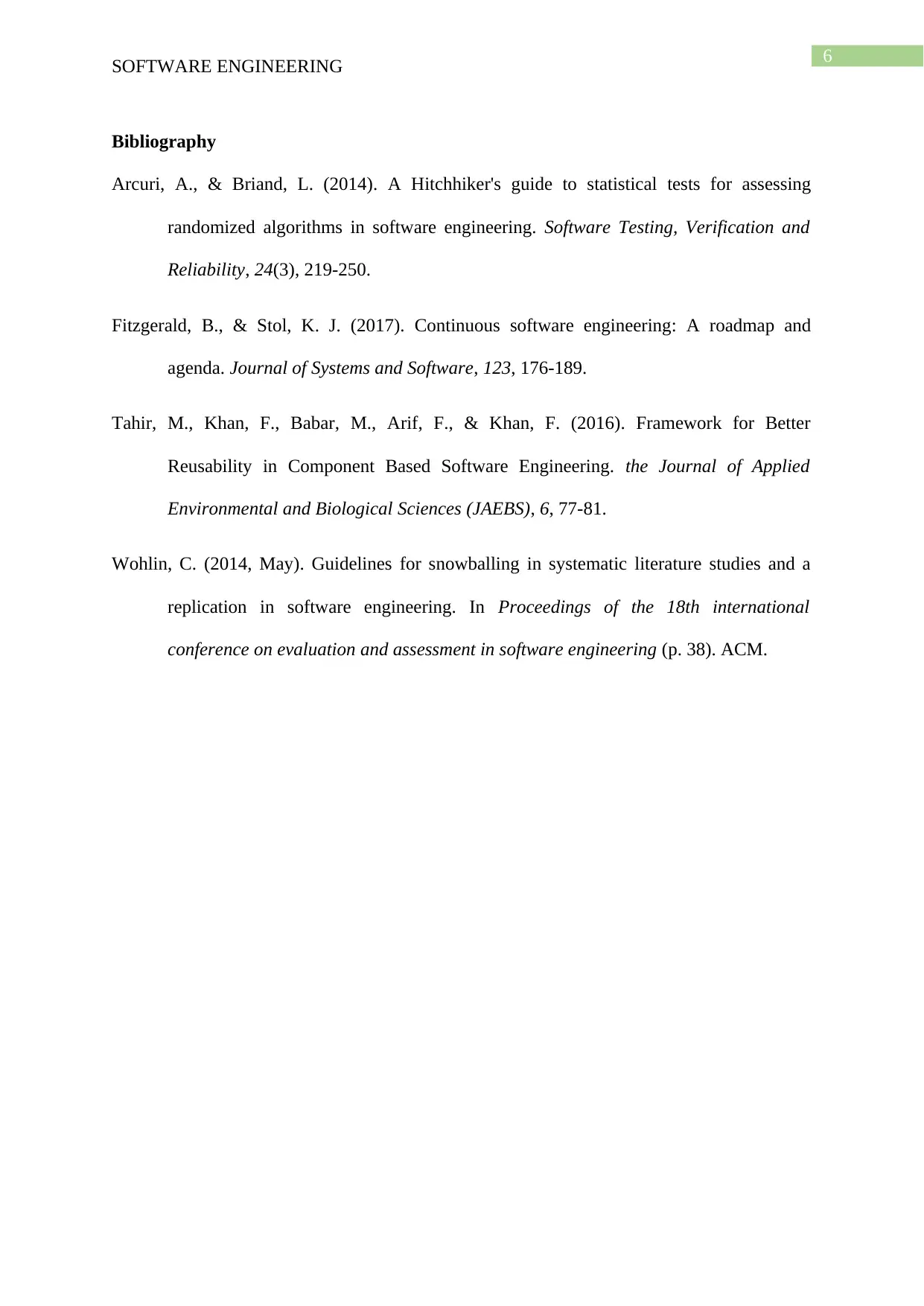






![[object Object]](/_next/static/media/star-bottom.7253800d.svg)